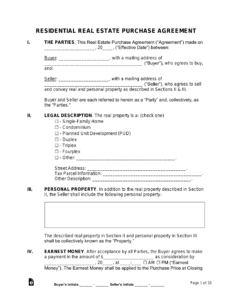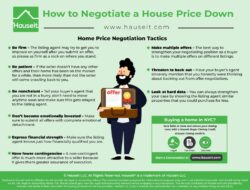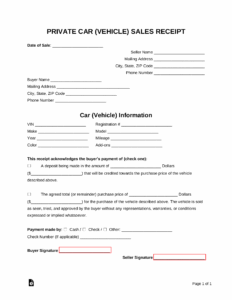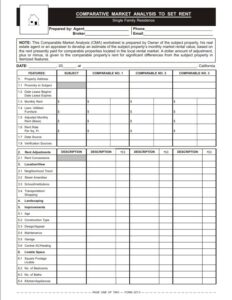When you open your home to potential buyers, it’s more than just a showing; it’s a valuable opportunity to gather insights. Every person who steps through your door, even if they aren’t the eventual buyer, holds a piece of feedback that could be crucial to selling your property faster and at a better price. Think of it as a live market research session, where real people are giving you direct feedback on your most significant asset.
However, simply having an open house isn’t enough; you need a structured way to capture those golden nuggets of information. This is where an effective open house seller survey template comes in handy. It transforms casual comments into actionable data, helping you understand what’s working, what’s not, and how to fine-tune your selling strategy for optimal results.
The Power of Feedback: Why Every Seller Needs a Survey
In the fast-paced world of real estate, understanding buyer perception is absolutely critical. Without direct feedback, you’re essentially flying blind, making assumptions about why your home isn’t getting offers or what makes it appealing. An open house is a unique window into the minds of potential buyers, allowing you to see your home through their eyes. Are they commenting on the spacious kitchen? Are they hesitant about the backyard size? These are questions an intuitive survey can answer.
Feedback gathered from open house visitors can shed light on many aspects of your property and its presentation. It helps you gauge if your staging is effective, if the pricing feels right to buyers, or if there are any unexpected concerns that are consistently raised. This data can pinpoint areas for improvement, from minor tweaks to major reconsiderations in your marketing approach. It’s about moving beyond gut feelings and relying on concrete evidence to guide your decisions.
A well-designed open house seller survey template provides a systematic way to collect these insights. Instead of vague impressions, you get quantifiable responses and specific comments. This structured approach means you can easily compare feedback from different visitors and identify trends, giving you a clearer picture of your home’s position in the market.
Key Areas a Survey Should Cover
- Price perception: Do visitors feel the home is appropriately priced for its value and location?
- Property condition: Are there any specific maintenance or cosmetic issues that stand out?
- Curb appeal: What was their first impression from the outside?
- Layout and flow: How did they feel about the interior layout and room sizes?
- Staging and presentation: Was the home well-presented and inviting?
- Overall interest: Would they consider making an offer or recommending it to others?
By focusing on these specific areas, your survey can provide a comprehensive overview, helping you make informed adjustments to attract the right buyer.
Crafting Your Ideal Open House Seller Survey Template
Creating an open house seller survey template that truly works involves a balance of simplicity and depth. You want to make it easy for visitors to complete while still extracting meaningful data. Start by identifying the most crucial pieces of information you need from potential buyers. Keep questions clear, concise, and direct, avoiding jargon that might confuse respondents. Remember, the goal is to get genuine feedback, not to quiz them.
Consider a mix of question formats to keep the survey engaging and comprehensive. Rating scales (e.g., 1-5 for satisfaction or appeal) are excellent for quantifiable data, allowing you to quickly see overall trends. Multiple-choice questions can guide visitors to specific aspects, while open-ended questions provide invaluable qualitative insights, allowing them to express detailed opinions or suggestions that you might not have anticipated. For instance, asking “What improvements would you suggest?” can reveal common concerns.
Distribution of your survey is also key. While traditional paper forms are still viable, consider digital options. QR codes linking to an online survey form are popular and convenient, allowing visitors to complete the survey on their smartphones quickly. This also makes data collection and analysis much simpler, as responses are automatically compiled. Ensure the survey can be completed anonymously to encourage more honest and candid feedback.
Once you start receiving responses, make it a point to review them regularly. Look for patterns in the feedback. Are multiple people mentioning the same issue with the bathroom, or consistently praising the natural light? These insights are gold. Use them to discuss with your real estate agent, potentially adjusting the listing price, enhancing staging in certain areas, or addressing minor repairs. This continuous loop of feedback and adjustment can significantly shorten your home’s time on the market and help you achieve your desired sale price.
Harnessing the power of buyer feedback from your open house is a strategic move that empowers you as a seller. By thoughtfully collecting and analyzing this data, you gain a competitive edge in the market. It allows you to refine your approach, highlight your home’s best features, and address any potential concerns head-on.
Ultimately, a well-executed feedback process ensures you are making data-driven decisions throughout your selling journey. It transforms an open house from a mere showing into an insightful session that guides you towards a successful and satisfying sale.



